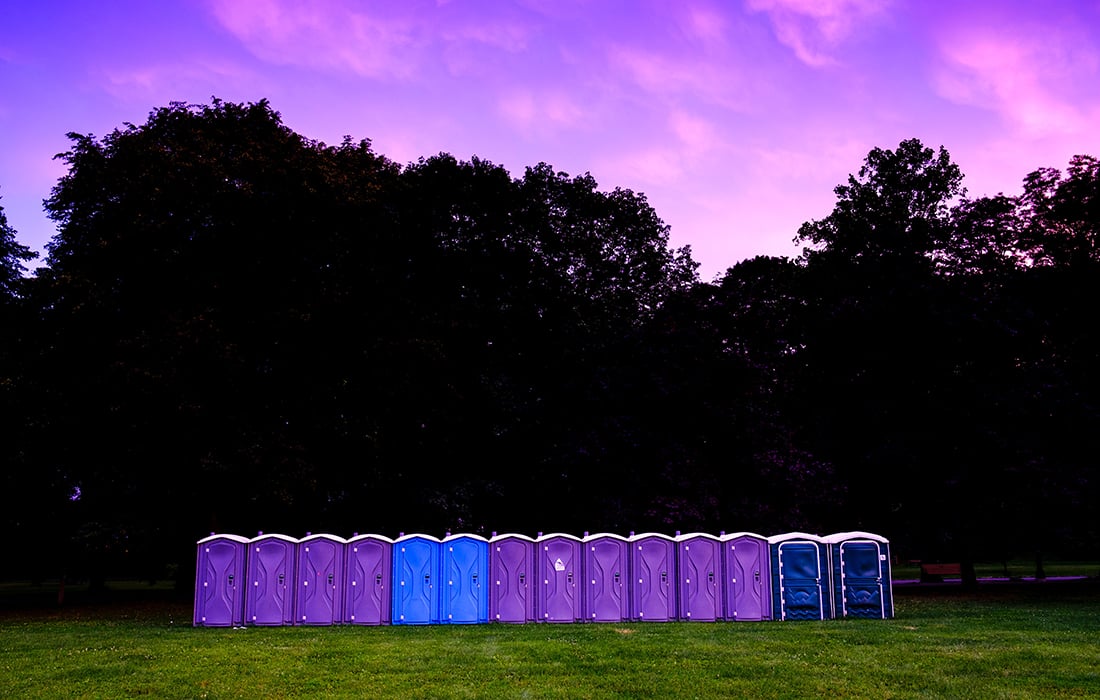
Toilets will be key to successful reopening
Photo: Julien Delaunay on Unsplash
Rocky path ahead for museums and galleries
A 9-point checklist will guide the safe reopening of museums and galleries, but visitors may still stay away if the services and facilities they usually enjoy are not available.
The availability of sufficient services and facilities for visitors to enjoy a quality experience are as much a priority as safety for the public when museums and galleries reopen, and more than half wouldn’t consider visiting if the toilets are closed.
Government approved guidelines comprising a comprehensive set of practical considerations that museums in England will want to work through before they reopen have been published by the National Museum Directors’ Council.
But these will need to be considered alongside evidence that the public is very wary of venues’ ability to manage the safety measures they put in place.
Nine considerations
The new guidelines have been compiled with support from DCMS and its Museums and Galleries Working Group. They include a timeline of possible stages of reopening, which can be adapted to an individual venue’s circumstances. They will be updated with information as organisations learn from their experiences and the Government timeline for lifting lockdown changes.
The document covers nine issues that museums and galleries must consider as they reopen. Practical aspects of aspects include workforce safety and training, public safety, personal protective equipment and face covering, and adapting buildings and processes.
It also identifies wider areas that museums must consider before inviting the public back: risk and risk assessment; how they can continue to fulfil their public purpose; the business case for reopening; the availability of transport; and their local context.
Education work poses a particular challenge, and the guidelines expect it will be complicated to deliver some of these in early stages of opening, and may require using alternative spaces and outdoor activities.
Specific guidance for people who work or volunteer in heritage locations has been published separately by the Government,
Visitor reluctance
A lens through which the report can be interpreted has been provided by new figures from the Recovery Tracker, a regular survey by run by ALVA, the Association of Leading Visitor Attractions, which reveals how best to build public trust and confidence in returning to visitor attractions.
The latest survey (Wave 3), collected data from 9th to 12th June. Respondents were all adults who had visited at least one attraction in the UK in 2019.
The data reveal that confidence in returning to museums and art galleries has grown a little in recent weeks, but the number of visitors who wish will return soon is very low. Only 15% said they would visit a museum or gallery “as soon as the opportunity arises” while 38% said they are unlikely to want to visit for a long time.
The likelihood of someone attending is, however, age-related. 18% of under-35s say they will visit museums and galleries “as soon as the opportunity arises”, as do a similar proportion of people with children aged under 16, but that figure falls to only one in ten for the over 55s.
Fears
The main barrier to visiting is around worries about fellow visitors adhering to distancing measures, and venues’ ability to enforce these measures.
Being seen to ‘police’ distancing measures is as important as the measures themselves, and to feel comfortable, visitors are also expecting to see hand sanitiser, and staff wearing PPE and visibly cleaning surfaces.
Respondents referred to advanced booking as a way of limiting capacity, as it indicates ‘control’ and provides reassurance around crowds, distancing and queuing.
But the public is divided over compulsory face masks for visitors. While a quarter said that would make them “much more comfortable”, 14% said it would make them “less comfortable”.
Facilities and services
If viable, clearly it will clearly be beneficial for attractions to make as many facilities and services available as possible, with appropriate safety measures, or potential visitors will begin to question the value of the experience.
The absence of cafes, playgrounds, interactive exhibits, audioguides, shops and guided tours wouldn’t deter all visitors with almost half saying “the experience wouldn’t be as good for me”.
But venues where the toilets are kept closed will undoubtedly lose business. Over half of the market would not visit an attraction where the toilets are closed, even though they will feel “anxious or uncomfortable” about using them. The toilets being closed is particularly concern for older people: two-thirds say they will not visit unless they are open.
The measures that will make visitors more comfortable would be:
- Staff permanently on hand to clean toilets
- Social distancing measures in the entrance queue
- Active management of the number of people using the toilets
The absence of a café, restaurant, or somewhere to buy food or drink would put one in five off a visit though the lack of a playground, interactive exhibits, audioguides, shops or guided tours would be slightly less of a deterrent.
Join the Discussion
You must be logged in to post a comment.